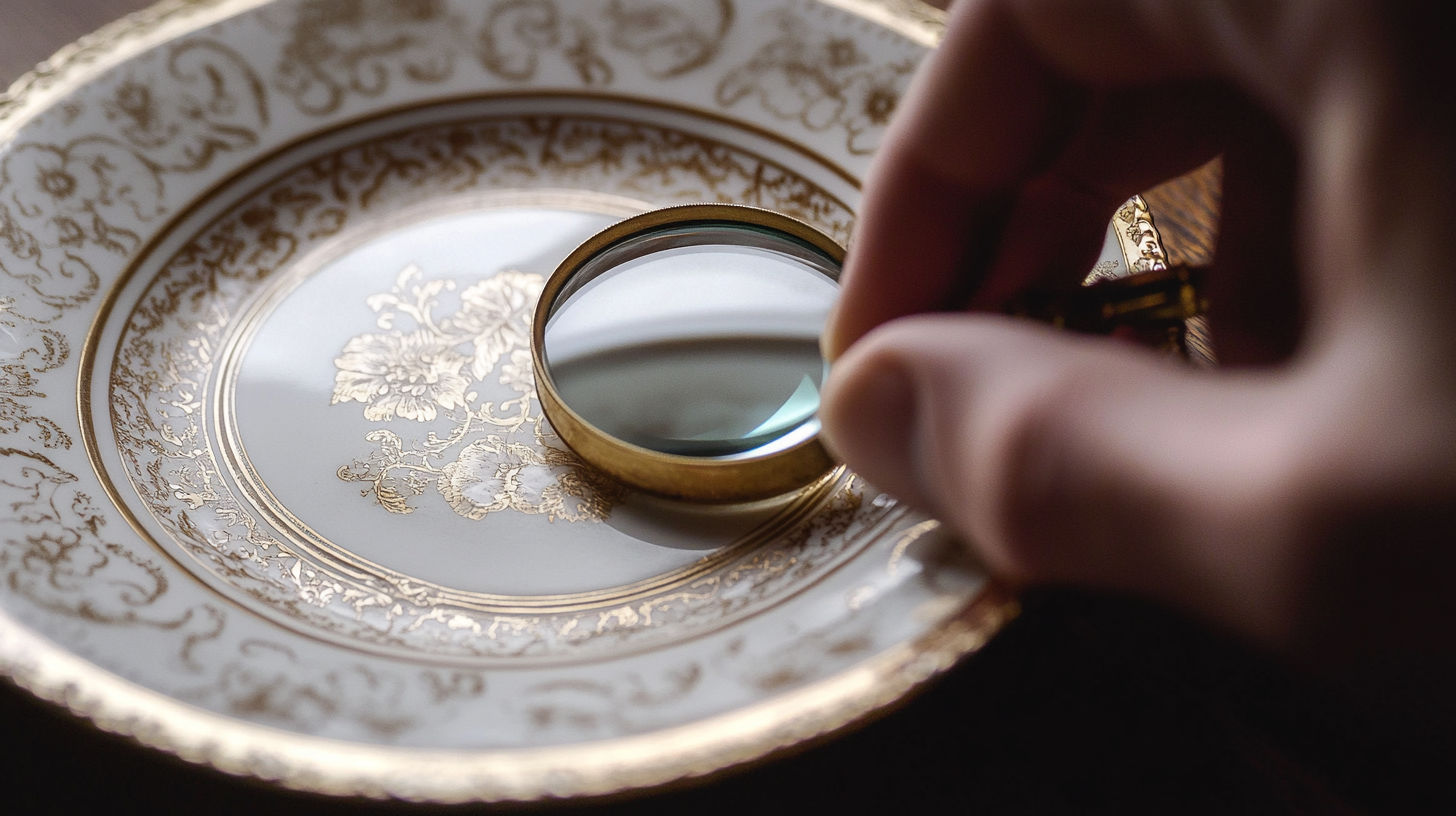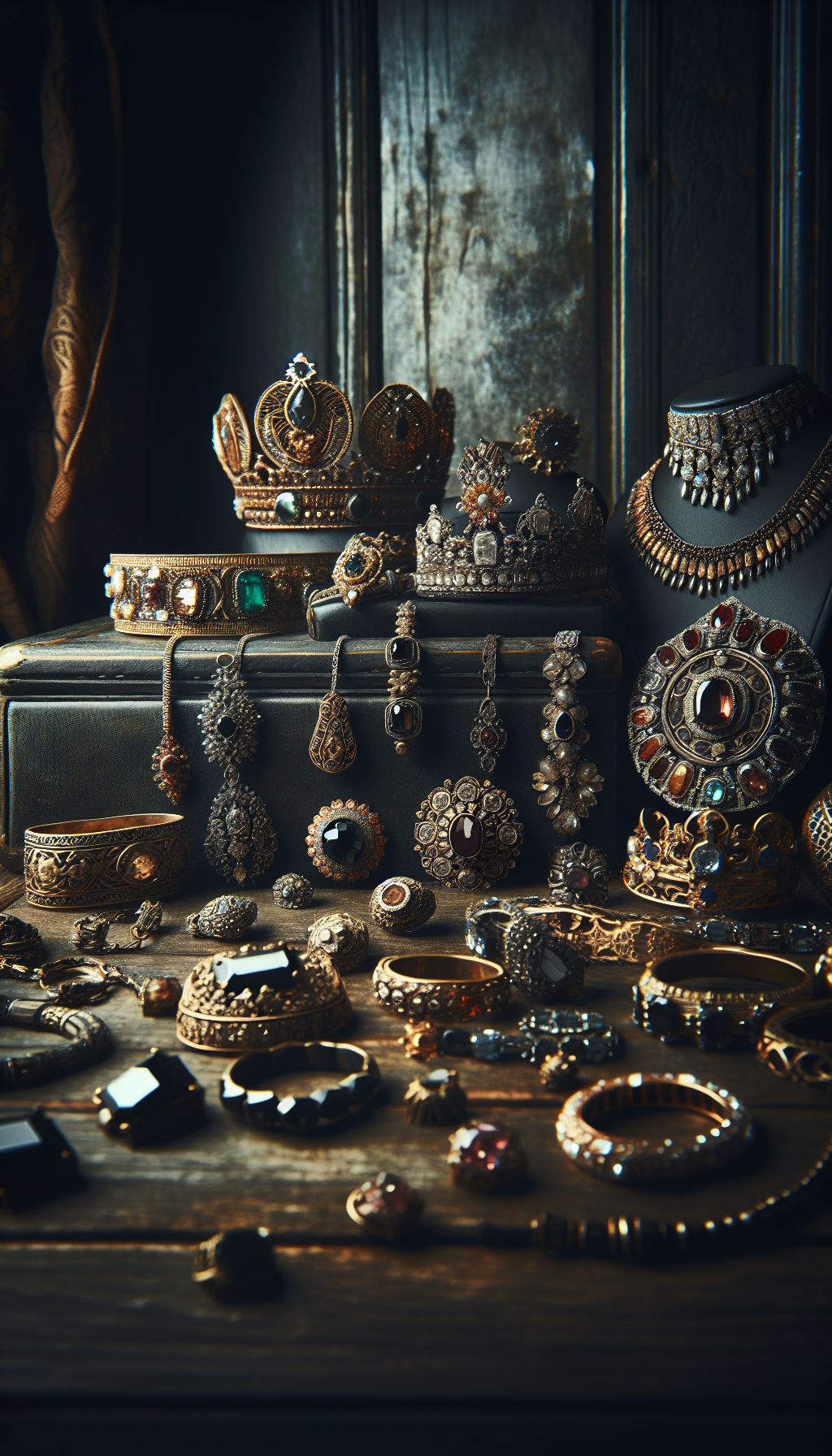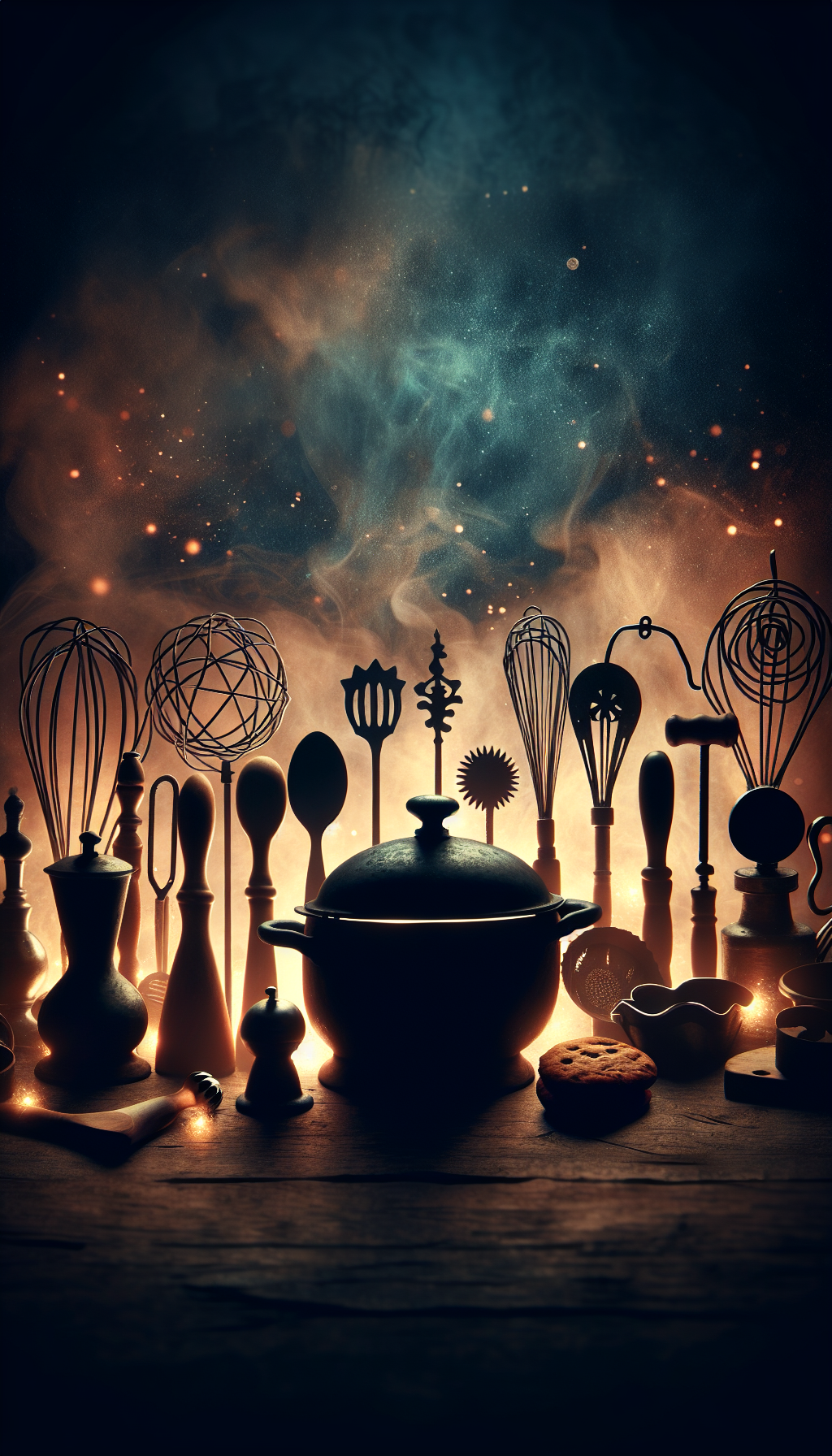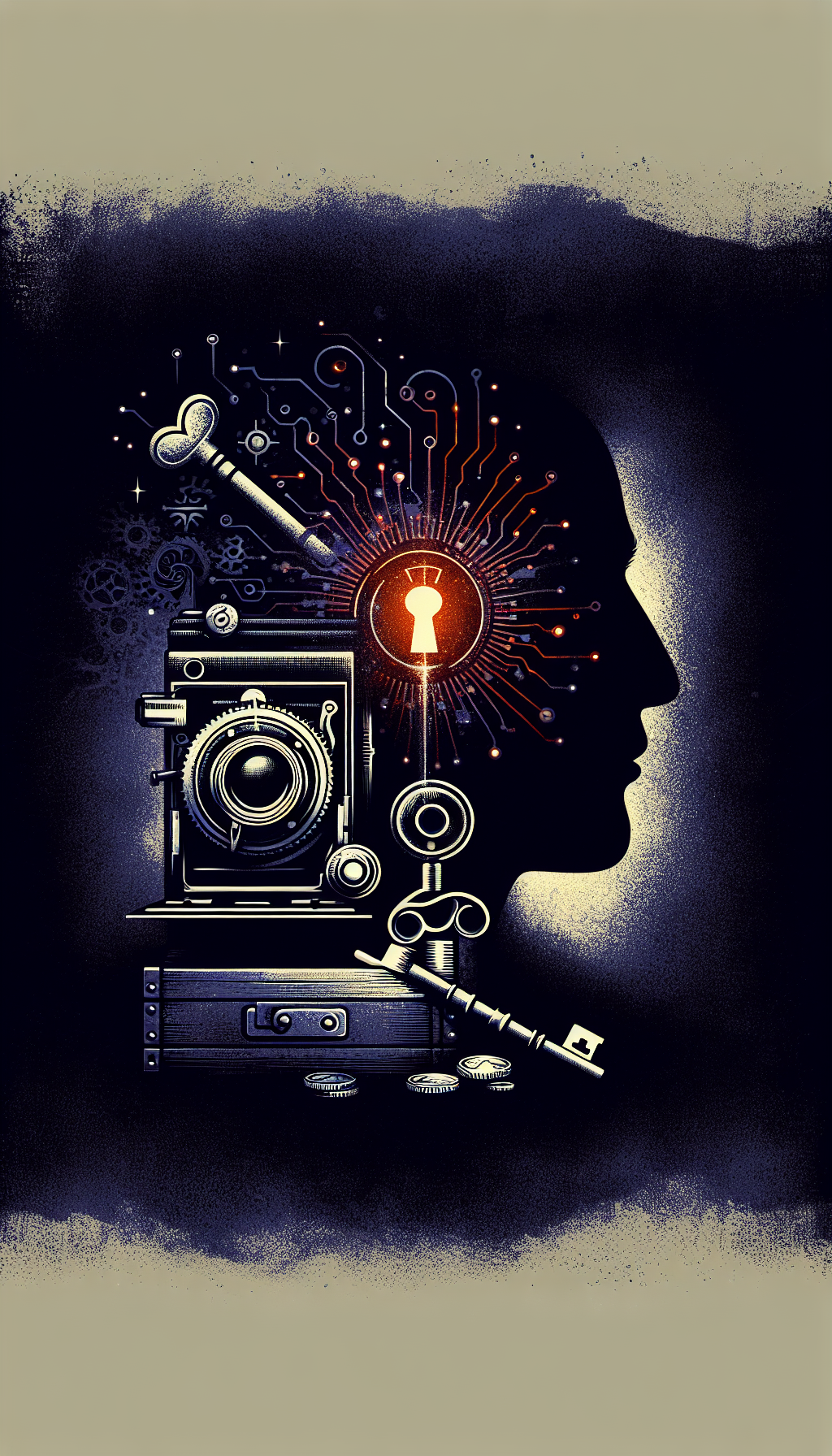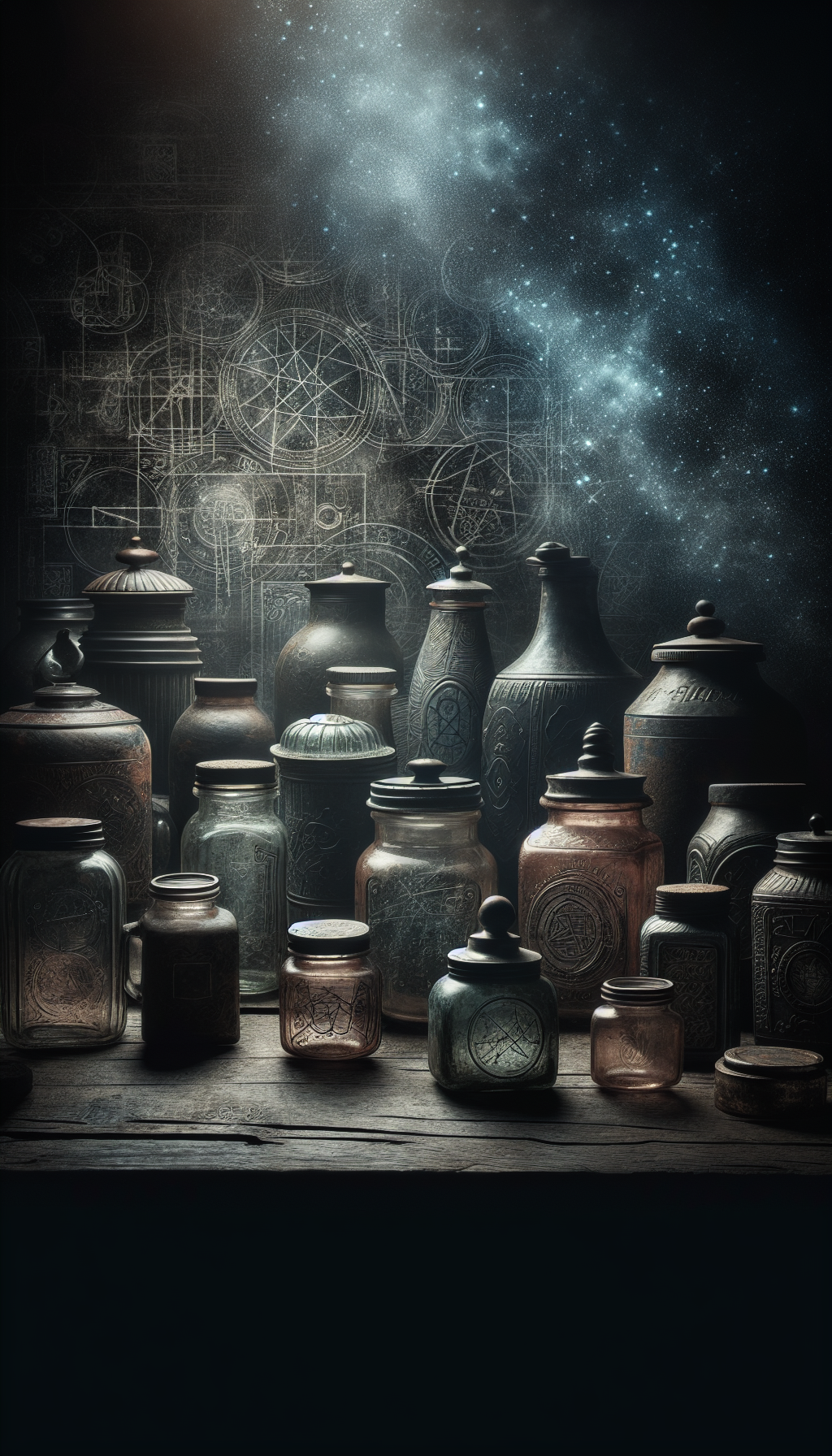Introduction to Antique Dish Values
Those old dishes stacked in your china cabinet or tucked away in your attic might be worth more than just sentimental value. Antique and vintage dishware can range from virtually worthless to surprisingly valuable, with some rare pieces commanding thousands of dollars at auction.
Whether you’ve inherited family heirlooms or discovered old dishes at a thrift store, this comprehensive guide will help you determine their potential value and navigate the fascinating world of antique dishware collecting.
Understanding What Makes Old Dishes Valuable
While most antique and vintage dishes are worth under $100, certain characteristics can significantly increase their value. Understanding these factors is the first step in determining whether your old dishes might be hidden treasures.
Key Value Factors for Antique Dishes
Age Isn’t Everything
Contrary to popular belief, age alone doesn’t determine value. Many mass-produced dishes from the 1950s-1970s, despite being “old,” hold minimal value today. What matters more is a combination of factors including rarity, brand reputation, condition, and collector demand.
Manufacturer Matters
Dishes from prestigious manufacturers like Wedgwood, Limoges, Meissen, and Royal Copenhagen typically command higher prices than those from less renowned makers. The manufacturer’s mark or backstamp is often your first clue to potential value.
Pattern and Design Significance
Some patterns have become iconic and highly collectible, contributing substantially to dish value. Limited production runs, artistic merit, and historical significance of the pattern can all enhance worth.
How to Identify Valuable Antique Dishes
Examining the Backstamp
Turn the dish over and look for the backstamp – the manufacturer’s mark typically found on the underside. This mark can provide critical information about:
- The manufacturer’s name or symbol
- Country of origin
- Production date or period
- Pattern name or number
Different manufacturers used different marking systems, which evolved over time. For example, Wedgwood marks changed significantly over their centuries of production, allowing experts to date pieces with considerable accuracy.
Identifying Materials and Construction
The materials used in your dishes can significantly impact their value:
Value by Dishware Material
General value ranges by material type
</tbody>
</table>
Look for these quality indicators:
- The weight and balance of the piece
- The consistency of glaze application
- Translucency when held to light (for fine porcelain)
- The clarity and detail of painted or printed patterns
Researching Pattern History
Once you identify the manufacturer, research the specific pattern on your dishes:
- Use reference books dedicated to specific manufacturers
- Search online databases like Replacements, Ltd.
- Consult collectors’ guides focused on specific types of dishware
- Join online collector forums to tap into community knowledge
Dish Identification Checklist
Work through these steps to properly identify your antique dishes
- Examine and photograph the backstamp
- Note any pattern names, numbers, or codes
- Document distinguishing features like colors and motifs
- Research the manufacturer's history and marking system
- Identify the specific pattern using reference materials
- Determine the production period of your specific pattern
- Check for any unique features that might indicate rarity
Most Valuable Antique and Vintage Dish Patterns
Blue and White Patterns
Blue and white patterns, particularly from specific manufacturers, consistently rank among the most valuable antique dishware:
Flow Blue: This distinctive pattern, popular in the Victorian era, features a blurred or “flowing” blue design. Early 19th-century pieces can sell for hundreds or even thousands of dollars.
Blue Willow: While common versions of this Chinese-inspired pattern are affordable, rare early iterations from the late 18th century can be worth significant sums.
Spode’s Italian: This iconic blue transferware pattern introduced in 1816 remains popular with collectors, with rare serving pieces commanding premium prices.
Premium Manufacturer Patterns
These specific patterns from renowned manufacturers are particularly sought after:
Evolution of Valuable Dish Patterns
- 1700s
Early Meissen Patterns
Hand-painted porcelain featuring the crossed swords mark, particularly those with elaborate floral designs or the famous "Blue Onion" pattern. Individual pieces regularly sell for thousands. - 1800s
Wedgwood Fairyland Lustre
Created by designer Daisy Makeig-Jones between 1915-1931, these fantastical, iridescent designs with elves and fairies are among the most valuable Wedgwood products, with individual pieces selling for $5,000-$20,000. - Early 1900s
Lenox Presidential Collection
Lenox provided official state service for several U.S. presidents. These prestigious patterns, particularly the Wilson presidential service, can fetch thousands per piece. - Mid-1900s
Corning Ware Cornflower Blue
While many pieces are common, rare promotional items and discontinued pieces from the 1950s-1960s can sell for hundreds or even thousands of dollars.
Unexpected Vintage Treasures
Some relatively recent vintage pieces have surprised collectors with their value:
Pyrex Patterns: Certain vintage Pyrex patterns from the 1950s-1970s have skyrocketed in value. The “Lucky in Love” pattern with hearts and clovers can fetch over $4,000 for a single casserole dish.
Fiestaware: Vintage Fiestaware in original colors, particularly the radioactive red-orange “Fiesta Red,” can command significant prices.
Mid-Century Scandinavian: Designs by Arabia of Finland, Rörstrand, and other Scandinavian manufacturers from the mid-20th century have become highly collectible.
Condition Assessment and Its Impact on Value
Understanding Condition Terms
Familiarize yourself with these common condition descriptions used in antique dish valuation:
- Mint: Perfect condition with no flaws, as if new
- Excellent: Nearly perfect with minimal wear from normal use
- Very Good: Minor flaws like light crazing or minimal utensil marks
- Good: Noticeable wear and minor damage, still usable
- Fair: Significant damage or wear that affects appearance or usability
- Poor: Serious damage, mainly of interest for display or restoration
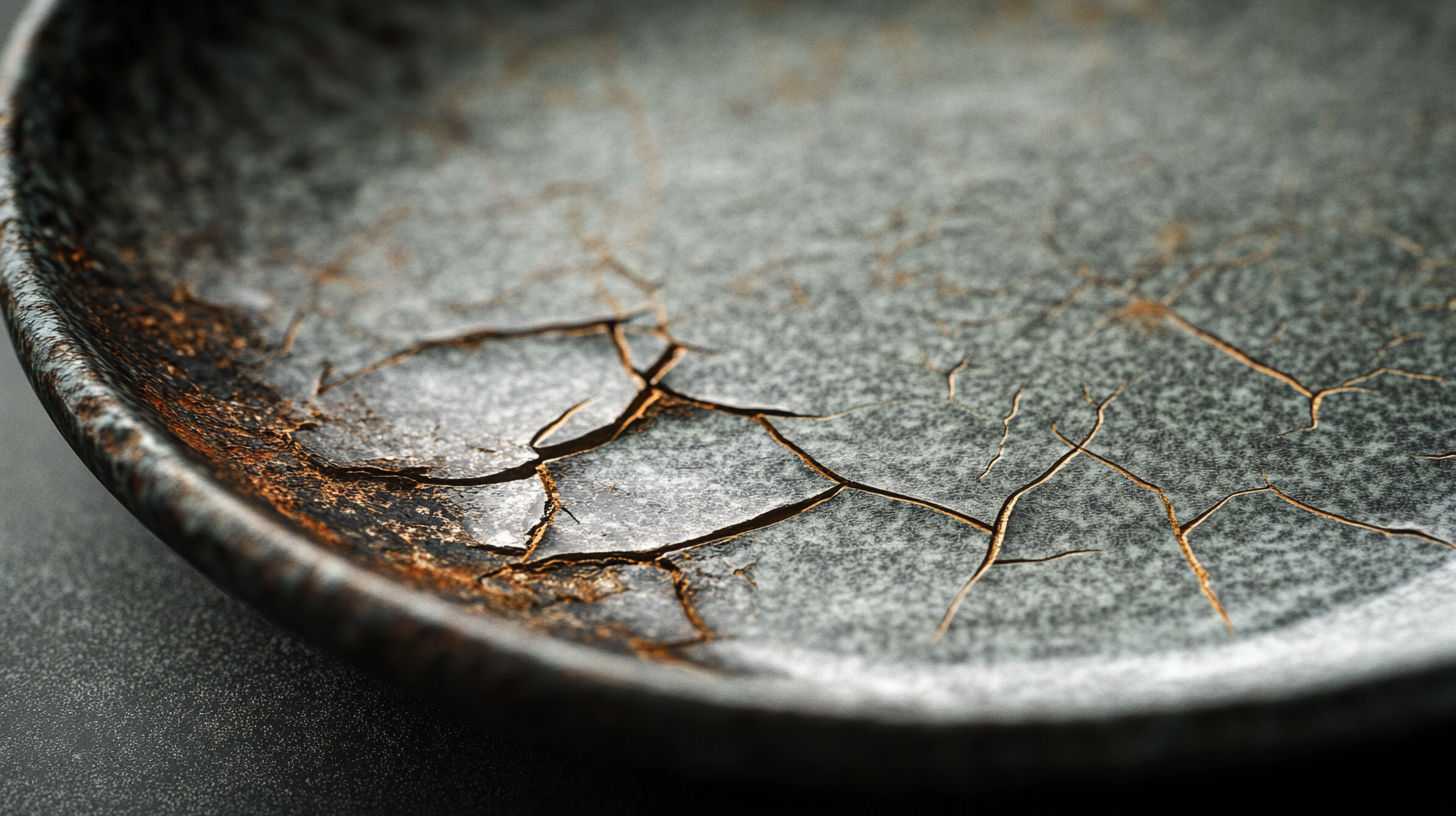
Common Condition Issues
These issues can significantly reduce the value of antique dishes:
Condition Issues to Check
Examine your dishes for these common problems that affect value
- Chips or nicks along the edges
- Crazing (fine cracks in the glaze)
- Staining or discoloration
- Repairs or restoration work
- Pattern wear or fading
- Scratches from cutlery use
- Hairline cracks in the body
Condition Impact on Value
The difference in value between condition grades can be substantial:
Condition Impact on Dish Values
How condition affects price for the same pattern
| Category | Price | Notes |
|---|---|---|
| Fine Porcelain | $20-$1,000+ | Higher value for hand-painted or rare patterns |
| Bone China | $15-$500+ | Translucent quality and durability increase value |
| Ironstone | $10-$300 | Durable white earthenware, especially valuable in blue patterns |
| Transferware | $25-$800+ | Higher values for early pieces, rare colors |
| Carnival Glass | $15-$1,000+ | Rare colors and patterns command highest prices |
</tbody>
</table>
For extremely rare pieces, even damaged examples may hold significant value, but for most antique dishware, condition is a critical factor in determining worth.
Rarity and Scarcity Factors
Limited Production Pieces
Some dishes command high prices due to their limited production:
- Prototype or Test Pieces: Experimental designs that never went into full production
- Limited Commemorative Editions: Pieces created for specific events or anniversaries
- Short Production Runs: Patterns that were only manufactured briefly
- Artist-Signed Pieces: Items individually signed by notable ceramic artists
Unusual Forms and Specialized Pieces
Within any pattern, certain forms are typically produced in smaller quantities and thus command higher prices:
- Serving Pieces: Tureens, sauce boats, and large platters
- Specialized Forms: Asparagus servers, oyster plates, and other specific-use items
- Oversized Items: Exceptionally large chargers or display pieces
- Miniatures: Tiny versions created as samples or children’s sets
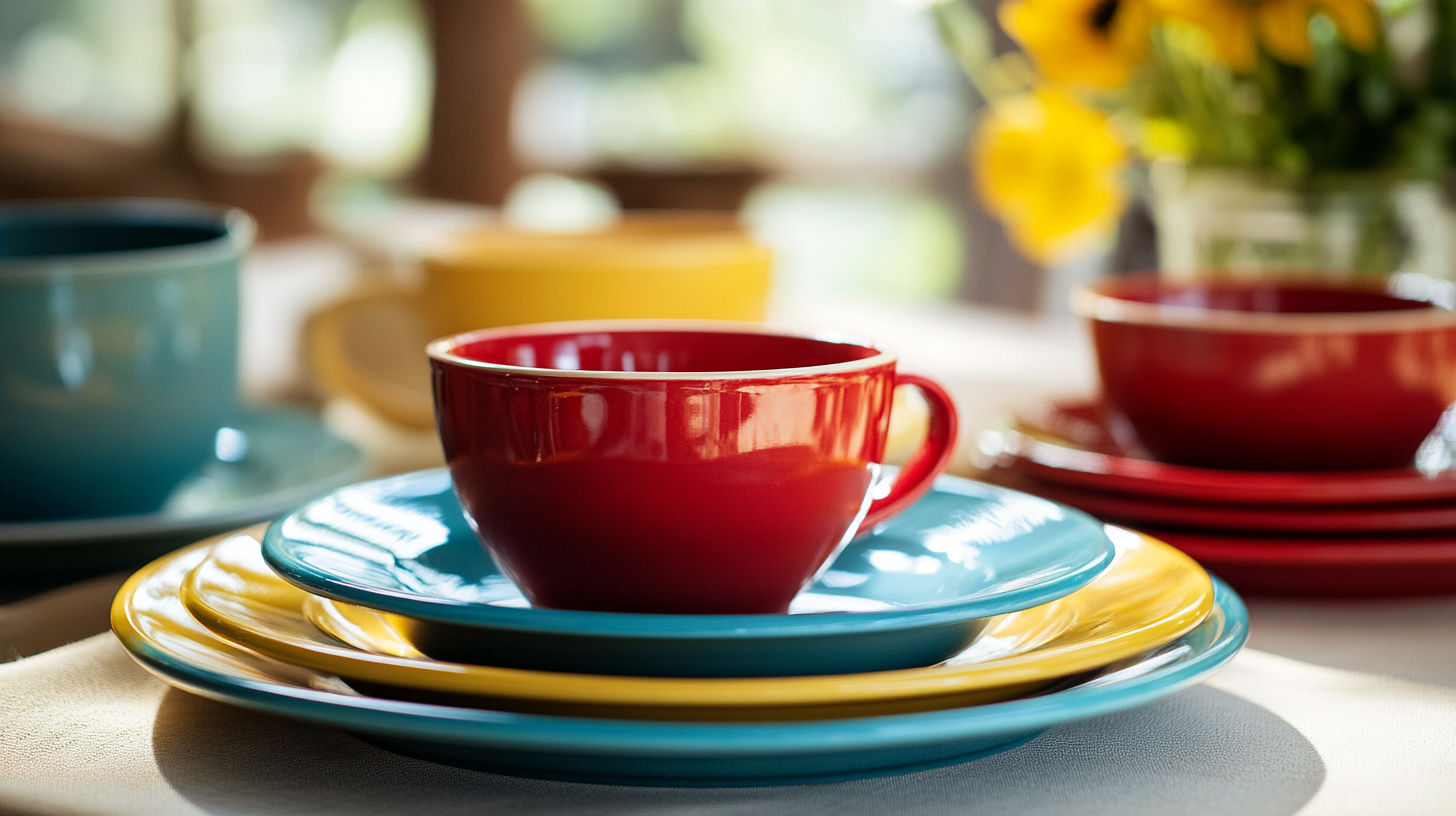
Historical Significance
Dishes with connections to important historical events, people, or places often carry premium values:
- Royal or Presidential Services: Dishes used by or created for notable figures
- Exhibition Pieces: Items created for world’s fairs or important exhibitions
- Commemorative Items: Pieces marking important historical events
- Documented Provenance: Items with proven history of prestigious ownership
Getting Your Old Dishes Appraised
Professional Appraisal Options
Consider these options for getting expert opinions on your antique dishes:
Certified Appraisers: Professional appraisers with specialization in ceramics and porcelain can provide formal written appraisals, particularly important for insurance or estate purposes. Expect to pay $100-300 per hour.
Auction House Specialists: Major auction houses like Christie’s, Sotheby’s, and Bonhams offer free appraisal days or will review photos of potentially valuable items.
Antique Dealers: Experienced dealers can often provide informal valuations, though they may have a vested interest if they’re also potential buyers.
Online Appraisal Services: Sites like ValueMyStuff and Mearto offer remote appraisals based on photos and descriptions.
DIY Valuation Resources
While not as definitive as professional appraisals, these resources can help you research values:
- Price Guides: Books like Kovels’ Antiques & Collectibles Price Guide provide recent sale prices
- Auction Results: Websites like LiveAuctioneers and Invaluable let you search past auction results
- Replacement Services: Replacements, Ltd. lists current retail prices for thousands of patterns
- Collector Forums: Communities like Antique-Forums.com can provide collective expertise
What to Prepare for an Appraisal
To get the most accurate appraisal, gather this information:
Appraisal Preparation Checklist
Items to gather before seeking professional appraisal
- Clear photographs of the front and back of each piece
- Close-up images of any marks, signatures, or backstamps
- Measurements of each piece
- Documentation of any known history or provenance
- Note any damage or restoration, however minor
- List of all pieces if you have a set
- Any original packaging, if available
Selling Antique and Vintage Dishes
Best Selling Venues by Value Range
Different venues work better depending on the value of your dishes:
Best Selling Venues by Value
Recommended selling platforms based on dish value
| Category | Price | Notes |
|---|---|---|
| Mint Condition | 100% of Value | No damage or wear whatsoever |
| Excellent Condition | 80-90% of Value | Minimal wear from normal use |
| Very Good Condition | 60-70% of Value | Minor flaws like light crazing |
| Good Condition | 40-50% of Value | Noticeable wear and minor damage |
| Fair/Poor Condition | 10-30% of Value | Significant damage affecting appearance |
</tbody>
</table>
Selling Strategies for Best Returns
Follow these tips to maximize your return when selling valuable dishes:
Research Current Market Prices: Check recent sales of comparable items before setting your price
Proper Documentation: Include detailed information about manufacturer, pattern, age, and condition
Quality Photography: Take well-lit, clear photos from multiple angles, highlighting any special features
Complete Sets vs. Individual Pieces: Sometimes separating a set yields higher total returns, especially for rare serving pieces
Timing Considerations: Some patterns sell better during specific seasons (e.g., holiday patterns in November-December)
Authentication: For very valuable pieces, consider professional authentication before selling
Shipping Considerations
Proper packing is essential when shipping valuable dishware:
- Double-box with 2-3 inches of packing material between boxes
- Wrap each piece individually in bubble wrap
- Use dish-specific boxes for sets when possible
- Consider insurance for valuable shipments
- Document condition with photos before shipping
Collectible Dish Market Trends
Current Market Dynamics
The antique dish market has evolved significantly in recent years:
Formal Dining Decline: As formal dining becomes less common, traditional fine china patterns have declined in value unless exceptionally rare
Mid-Century Modern Surge: Dishes from the 1950s-1970s with distinctive modern designs have seen significant price increases
Pattern Popularity Cycles: Collector interest shifts over time, with patterns moving in and out of favor
Condition Premium: As supply decreases, perfect-condition pieces command increasingly higher premiums over damaged examples
Emerging Collector Interests
These categories have seen growing collector interest and value appreciation:
- Studio Pottery: Artist-made ceramic pieces, especially from recognized potters
- Asian Export Porcelain: Chinese and Japanese export wares from the 18th-19th centuries
- Art Deco Designs: Bold, geometric patterns from the 1920s-1930s
- Scandinavian Modern: Clean-lined designs from Nordic manufacturers
Future Value Predictions
While no one can predict future values with certainty, these factors may influence antique dish values:
- Pieces with documented historical significance will likely continue appreciating
- Patterns with limited production from prestigious manufacturers should maintain value
- Complete sets will become increasingly rare and potentially more valuable
- Condition will continue to be a critical factor, with mint examples becoming scarcer
Common Questions About Old Dish Values
How do I know if my old dishes are worth anything?
To determine if your old dishes have significant value:
- Examine the backstamp (maker’s mark) on the bottom
- Research the manufacturer and pattern name
- Check the condition carefully for any damage
- Look for unusual or rare pieces within your set
- Consider the material (porcelain, bone china, etc.)
While most common vintage dishes sell for under $100, rare patterns, prestigious manufacturers, unusual pieces, and items in mint condition can be worth substantially more. Resources like Replacements Ltd., Kovels price guides, and online auction records can help with preliminary research.
Is there a market for old dishes?
Yes, there is definitely a market for old dishes, though it varies significantly by type, pattern, and condition. The market includes:
- Collectors seeking specific patterns or manufacturers
- Individuals replacing broken pieces from inherited sets
- Interior designers and stylists using vintage dishware for projects
- Restaurants and cafes creating eclectic vintage table settings
- Crafters repurposing damaged pieces for mosaics and art
While formal dinnerware has generally declined in value as formal dining becomes less common, specialized collectors remain active. Vintage kitchenware like Pyrex and mid-century modern designs have seen increasing demand in recent years.
What type of dishes are worth money?
Several types of dishes typically command higher values:
- Fine porcelain from prestigious manufacturers (Meissen, Wedgwood, Limoges)
- Hand-painted or artist-signed pieces
- Limited edition or commemorative items
- Rare patterns or colors, especially discontinued ones
- Specialized serving pieces (tureens, sauce boats, fish sets)
- Complete sets in excellent condition
- Vintage Pyrex in rare patterns (especially "Lucky in Love")
- Flow Blue china from the Victorian era
- Export porcelain from China and Japan (18th-19th century)
- Art Deco and Mid-Century Modern designs
Dishes with documented provenance connecting them to historical events or important people can command premium prices regardless of pattern.
How do you know if a plate is worth money?
To evaluate a plate's potential value, examine these key factors:
- Manufacturer: Check the backstamp and research the maker’s reputation
- Pattern Rarity: Some patterns are more sought-after than others
- Age: Generally, pre-1900 plates have more potential value
- Condition: Mint condition plates are worth significantly more
- Special Features: Hand-painting, gold trim, artist signatures
- Historical Significance: Commemorative or limited edition plates
- Size and Function: Unusual sizes or specialized function plates
Research similar plates on auction sites like LiveAuctioneers or Invaluable to see recent selling prices. For potentially valuable plates, consider having them professionally appraised.
How can I sell my old china dishes?
Several options exist for selling old china dishes:
- Online Marketplaces: eBay, Etsy, and Ruby Lane are popular for vintage dishware
- Replacement Services: Companies like Replacements, Ltd. purchase individual pieces and sets
- Auction Houses: For valuable items, specialty auctions can bring premium prices
- Consignment Shops: Local antique malls often sell dishes on consignment
- Direct to Collectors: Advertise in collector newsletters or online forums
- Local Sales: Facebook Marketplace or estate sales for less valuable items
Before selling, research current prices for your pattern and condition. Take quality photographs, provide detailed descriptions including any flaws, and be prepared to ship carefully if selling online.
Are blue and white antique dishes valuable?
Blue and white antique dishes can be particularly valuable, especially certain types:
- Flow Blue: Victorian-era pieces with deliberately blurred blue designs can be worth hundreds to thousands of dollars
- Blue Willow: While common patterns are affordable, rare early examples (late 18th/early 19th century) can be valuable
- Delft: Authentic antique Dutch Delftware is highly collectible
- Chinese Export: 18th and 19th-century Chinese blue and white porcelain made for Western markets
- Transferware: English blue transferware, especially historical scenes from the early 19th century
Value depends greatly on age, rarity, condition, and specific pattern. The most valuable blue and white pieces typically date from the 18th to mid-19th centuries and show exceptional craftsmanship.
What is the most valuable china pattern?
Several china patterns stand out for their exceptional value:
- Meissen "Blue Onion": Original 18th-century examples can sell for thousands per piece
- Wedgwood Fairyland Lustre: Created by Daisy Makeig-Jones (1915-1931), these pieces regularly sell for $5,000-$20,000
- Royal Copenhagen "Flora Danica": This elaborately hand-painted pattern, in production since 1790, is among the most expensive new china and valuable antique pattern
- Minton Pâte-sur-pâte: These pieces, featuring raised white designs on colored backgrounds, are highly valued by collectors
- Russian Imperial Porcelain: Pieces made for the Russian court, especially from the Gardner or Imperial factories
For any pattern, rare serving pieces, perfect condition, and documented provenance can dramatically increase value above the standard place settings.
How can I identify my antique china pattern?
Follow these steps to identify your antique china pattern:
- Check for backstamps: Turn the piece over and look for maker’s marks, pattern names, or numbers
- Note distinctive features: Color scheme, border designs, central motifs, and unusual elements
- Search pattern databases: Replacements Ltd. and other online resources catalog thousands of patterns
- Use identification guides: Books like Kovel’s New Dictionary of Marks or Miller’s Antiques Encyclopedia
- Try pattern matching services: Some companies offer identification services from photos
- Consult specialists: Antique dealers specializing in ceramics can often identify patterns at a glance
- Post in collector forums: Online communities can help identify unusual patterns
Take clear photographs of both the front and back of your dishes, as well as any distinctive design elements. The more information you can provide, the easier identification will be.
External Resources for Antique Dish Valuation
Replacements, Ltd.
The world's largest selection of old and new dinnerware, with an extensive database of patterns and current market prices. Excellent for pattern identification and valuation.
Kovels Antiques & Collectibles Price Guide
A respected price guide with decades of market data on antique dishes and other collectibles. Provides auction results and trend information.
International Society of Appraisers
Directory of qualified appraisers specializing in various categories including ceramic and porcelain dishware. Find certified professionals for formal valuations.
10 Ways to Spot Valuable Vintage Dishware
Comprehensive guide to identifying potentially valuable dishware in your collection, with tips on what to look for and which patterns command premium prices.
LiveAuctioneers Antique Dish Archive
Searchable database of past auction results for antique and vintage dishware, providing real market values from recent sales.
Plate ID: How to Research & Identify Antique Plates
Step-by-step guide to researching and identifying antique plates, with practical tips for determining manufacturer, age, and pattern information.
Etsy Rare Antique Dishes Market
Browse current offerings of rare antique dishes to get a sense of market pricing and demand for specific patterns and manufacturers.
Victoria and Albert Museum Ceramics Collection
Extensive museum collection featuring important historical examples of ceramic dishware, providing historical context and information about significant manufacturers and styles.
Conclusion
Determining the value of old dishes requires research, patience, and attention to detail. While many vintage dishes hold more sentimental than monetary value, certain rare, well-preserved, or historically significant pieces can be worth substantial sums.
By understanding the factors that contribute to dish value—manufacturer reputation, pattern rarity, condition, age, and historical significance—you can better evaluate your own collection and make informed decisions about preservation, insurance, or sale.
Whether you’re a seasoned collector or someone who’s just discovered dishes in the attic, the journey of researching and identifying antique dishware can be as rewarding as any monetary value they might hold. Each piece tells a story of craftsmanship, artistic trends, and the social customs of its era.
Remember that market values fluctuate over time based on collector interests and broader cultural trends. What may be overlooked today could become tomorrow’s sought-after treasure. The most important step is proper identification and documentation of what you have—knowledge that forms the foundation of accurate valuation.
Get a Professional Appraisal
Unsure about your item’s value? Our certified experts provide fast, written appraisals you can trust.
- Expert report with photos and comps
- Fast turnaround
- Fixed, upfront pricing
No obligation. Secure upload.
| Category | Price | Notes |
|---|---|---|
| High-Value ($500+) | Specialty Auctions, Antique Dealers | Lower fees, access to serious collectors |
| Mid-Value ($100-$500) | eBay, Etsy, Ruby Lane | Wider audience, good for recognizable brands |
| Lower-Value (Under $100) | Facebook Marketplace, Local Sales | Avoid shipping costs, better for common patterns |
| Sets and Services | Replacement Services, Consignment | May purchase entire sets or help sell piece by piece |
